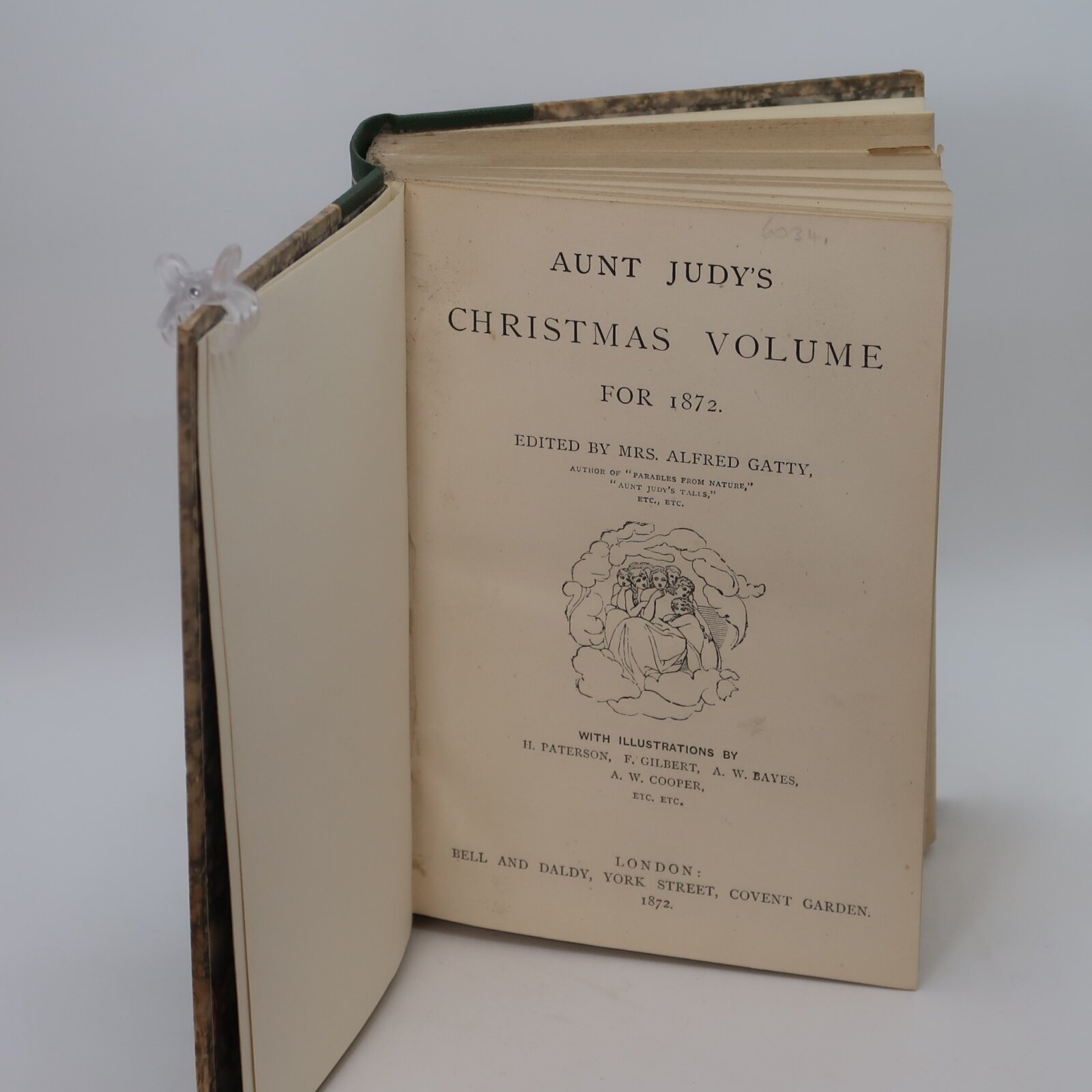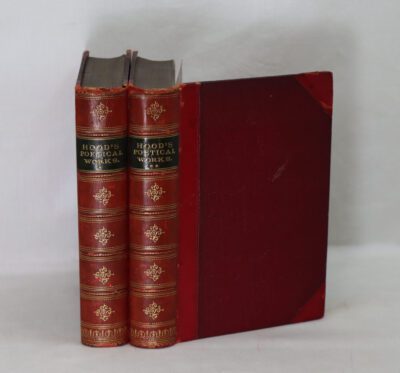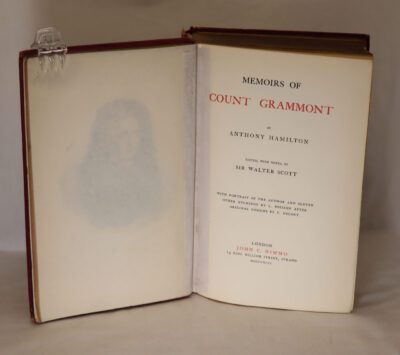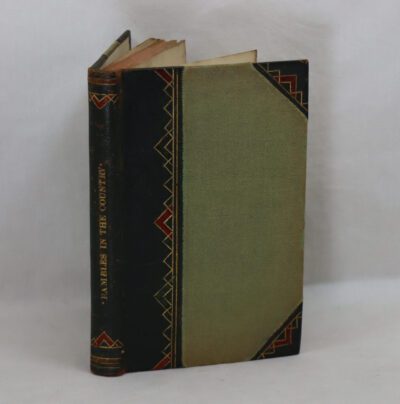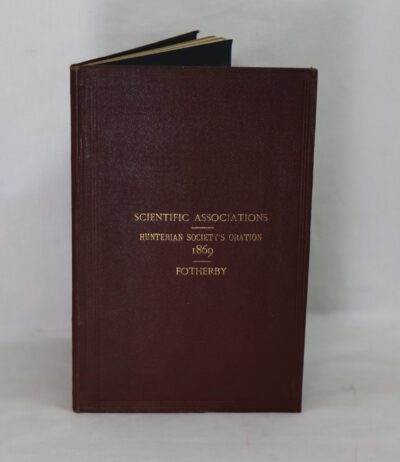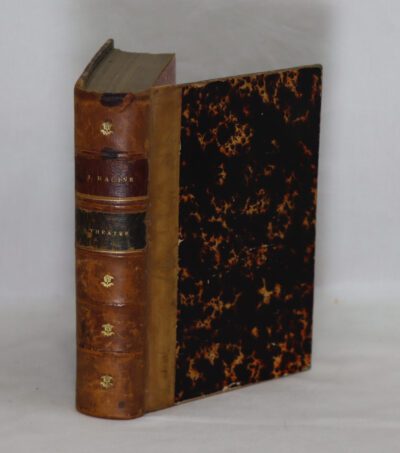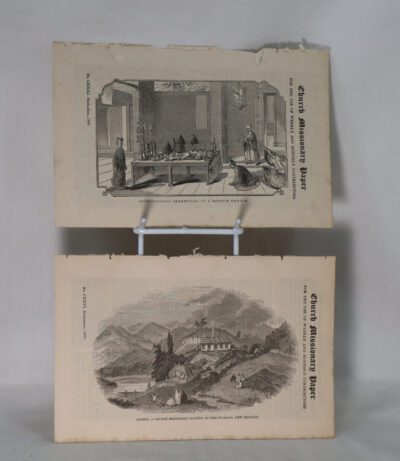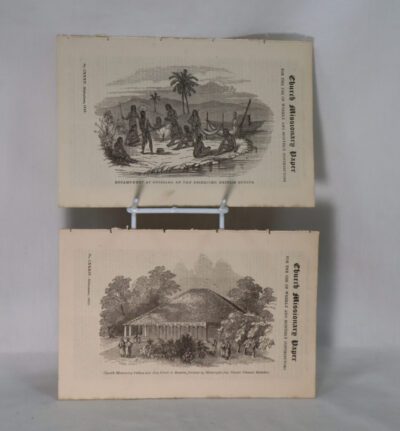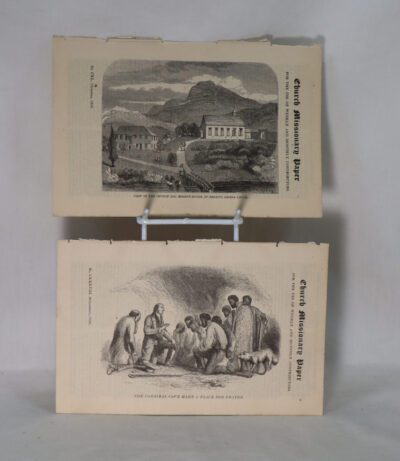Aunt Judy's Magazine. 1872.
By Mrs Alfred Gatty.
Printed: 1872
Publisher: Bell & Dandy. Coven Garden
| Dimensions | 15 × 19 × 5 cm |
|---|---|
| Language |
Language: English
Size (cminches): 15 x 19 x 5
Condition: Fine (See explanation of ratings)
Item information
Description
Margaret Gatty was a leading exponent against the works of Charles Darwin, some have compared her efforts in Aunt Judy’s magazine as Darwin’s anti-thesis.
Aunt Judy’s Magazine was a British magazine for young people founded in 1866 by Margaret Gatty. After her death in 1873, publishing was continued by her daughter Horatia Eden until 1885. The magazine is named after Gatty’s daughter, Juliana Horatia Ewing’s childhood nickname, “Judy”.
As the editor, Gatty aimed to include stories that would not only benefit the moral upbringing of children, but that would also bring joy and insight to adults. Gatty hoped that readers would continue to love the magazine for their whole life, and to pass it on for generations. When choosing what contributions to include in the magazine, Gatty kept in mind her belief that every piece in the magazine should have a moral for its reader.
Gatty included a piece that she wrote in the November 1868 issue of the magazine titled “Unopened Parcels.” The story was highly moral in tone and involves a young girl learning from her father about repentance. The father tells his daughter a story about his childhood, and how a friend of his learned the lesson of repentance by spending his life attempting to fix the deceit he committed on his mother. Following the telling of the story, the father asks the daughter to decipher what his story meant for herself rather than have him tell her what he believes it should mean. Gatty wanted children to learn morals, but she wanted them to come to terms with these morals on their own with simply guidance from adults. Gatty included themes of both morality and religiosity, which is consistent with many of the stories in the magazine.
In 1867, the magazine published two early parts of Lewis Carroll’s Sylvie and Bruno, entitled “Fairy Sylvie” and “Bruno’s Revenge”. It also published much of the work of Juliana Horatia Ewing. Hans Christian Andersen made several contributions,[5] and illustrations by George Cruikshank, John Gilbert, Charles Keene, and Randolph Caldecott also appeared.
Margaret Gatty (née Scott, 3 June 1809 – 4 October 1873) was an English children’s author and writer on marine biology. In some writings she argues against Charles Darwin’s Origin of Species. She became a popular writer of tales for young people, which she hoped would influence adult minds as well. Among her other books are Parables from Nature, Worlds not Realized, Proverbs Illustrated, and Aunt Judy’s Tales. She edited Aunt Judy’s Magazine, a family publication written by various family members.
Gatty became fascinated by marine biology through contact with a second cousin, Charles Henry Gatty, a Royal Society member. There may also have been influence from William Henry Harvey, whom she met while convalescing in Hastings in 1848. She corresponded with many great marine biologists of her day including George Busk and Robert Brown. She wrote British Sea Weeds, a book that was more accessible than previous ones on the subject. This illustrated book, published in 1872, was the outcome of 14 years’ work and described 200 species. It continued to be used into the 1950s.
Gatty’s other collecting and scientific interests included sundials, which led to an 1872 book on 350 of them, focusing on their artistry and literary nature rather than their astronomical aspects, although it discussed historical developments. The coverage of sundials on mainland Europe and some illustrations were major contributions from a friend, Eleanor Lloyd.
The standard author abbreviation Gatty is used to indicate this person as the author when citing a botanical name.
While many see her interests in literature and science as independent, she used the combination of children’s literature and scientific curiosity as a way to argue against Charles Darwin’s Origin of Species. Primarily in Parables from Nature, Gatty could preach to children in a way they enjoyed, in which God and nature were treated concurrently. The publication of the Parables coincided with the evolutionary theories, so that her writing influenced children’s attitudes towards science. It tended to have a strong moral tone, and often used religion and God to influence their upbringing. Victorian children’s literature at the time was designed to teach children lessons and morals rather than capture their attention. Gatty’s increased use of illustrations and folk and fairy tales meant children enjoyed reading her more.
Want to know more about this item?
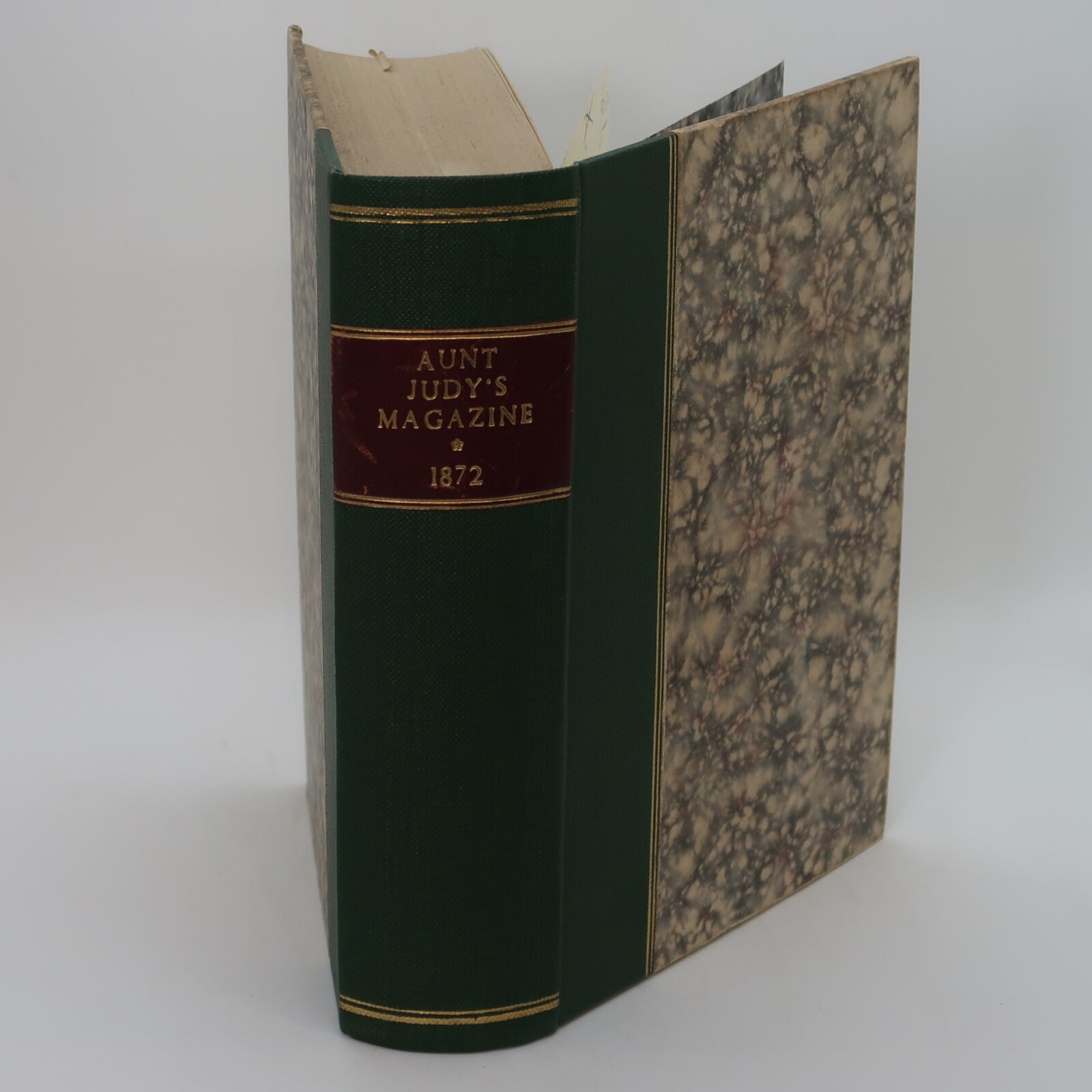
Related products
Share this Page with a friend

